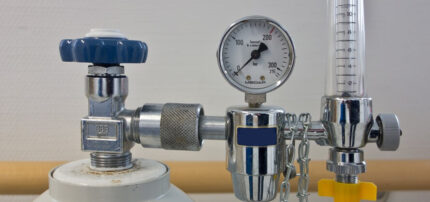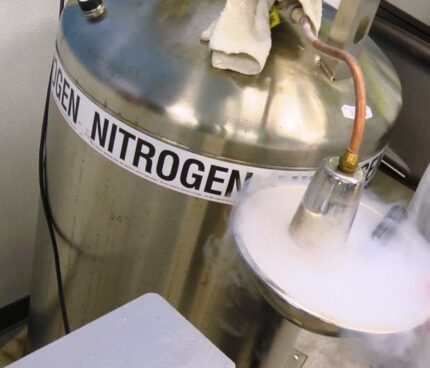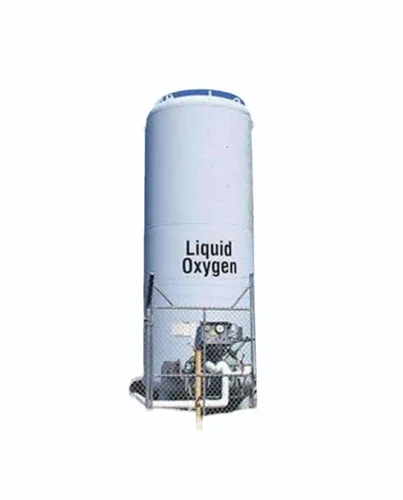Description
… gas emissions from certain chemical reactions necessary to produce goods from raw materials. Industrial emissions are the third largest??
- Hydrofluoroolefins are being adopted as sustainable alternatives to long-lived fluorine- and chlorine-containing gases and are finding??
- Landfills can produce objectionable odors and landfill gas can move through soil and collect in nearby buildings. Of the gases produced in landfills, ammonia,??
- Authors. D A Lee , M R Wilson, M O Yoshizumi, M Hall. Affiliation. 1 Jules Stein Eye Institute, UCLA School of Medicine 90024-7004. PMID: 2012561; DOI??
- produce and use the gases. Their production is a part of the wider chemical Industry (where industrial gases are often seen as “specialty chemicals”). A??
- Yes, composting does create methane. Any time organic materials (like food scraps) decompose, they can be expected to produce methane and carbon??
- The dominant process in most landfills is the third process, whereby anaerobic bacteria decompose organic waste to produce biogas, which consists of methane??
- The discovery of a new class of proteins demonstrates that many types of bacteria can produce the potent greenhouse gas nitrous oxide.
- Greenhouse gases (GHGs) are the gases in an atmosphere that trap heat, raising the surface temperature of astronomical bodies such as Earth.
- The Room Data Sheet will NOT be utilized regarding location, type and number of gas outlets. Additionally, all proposed medical gases shall be??





